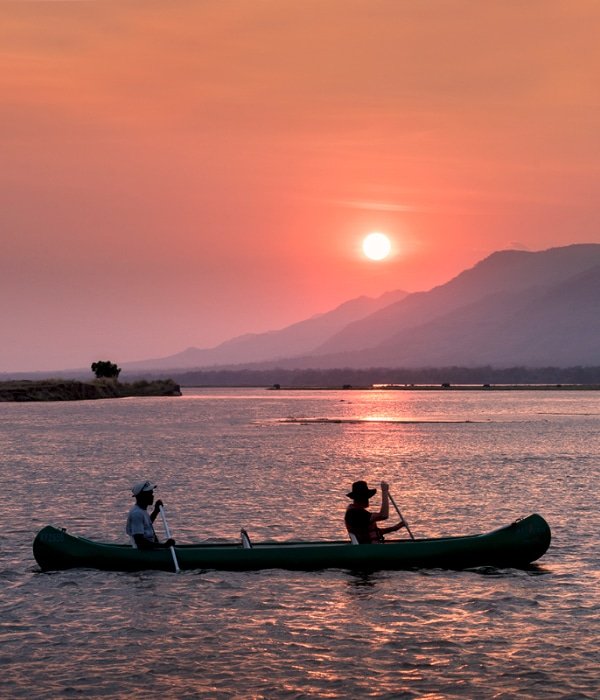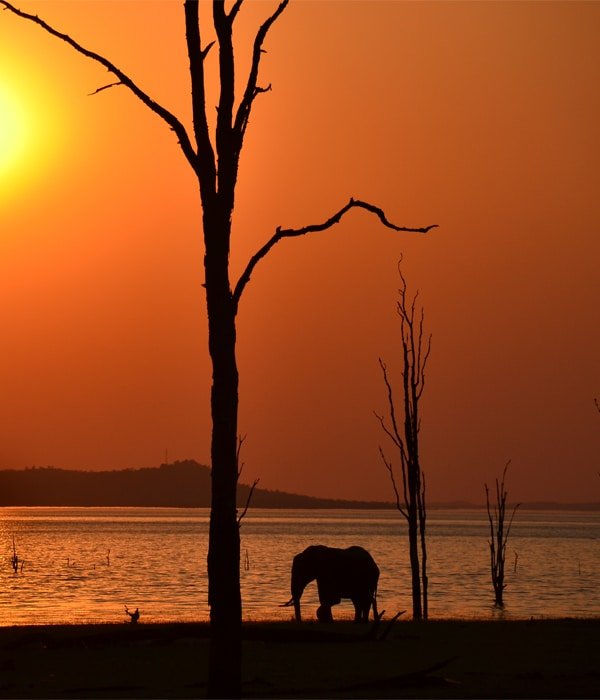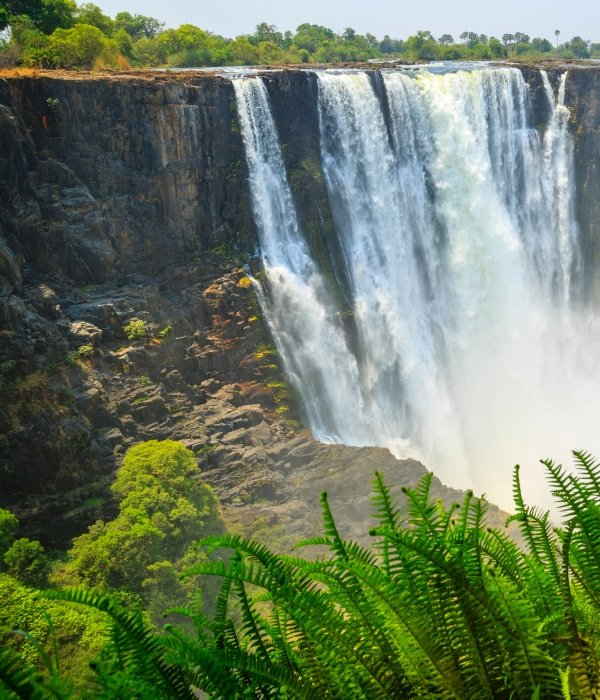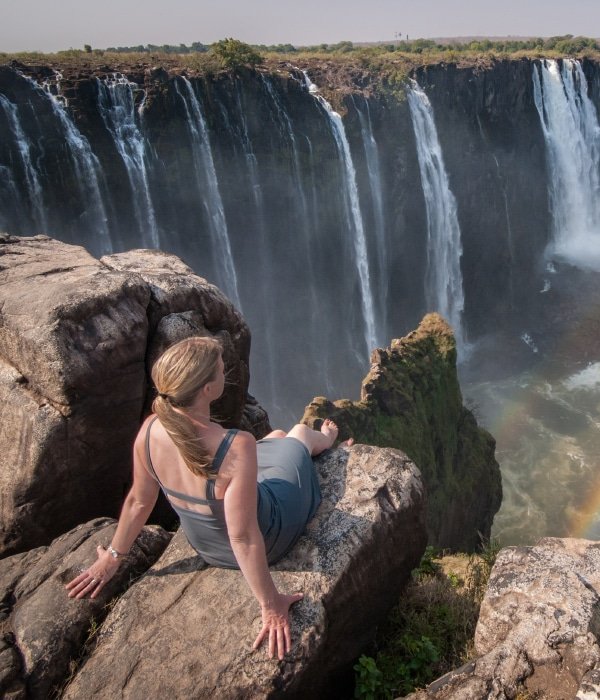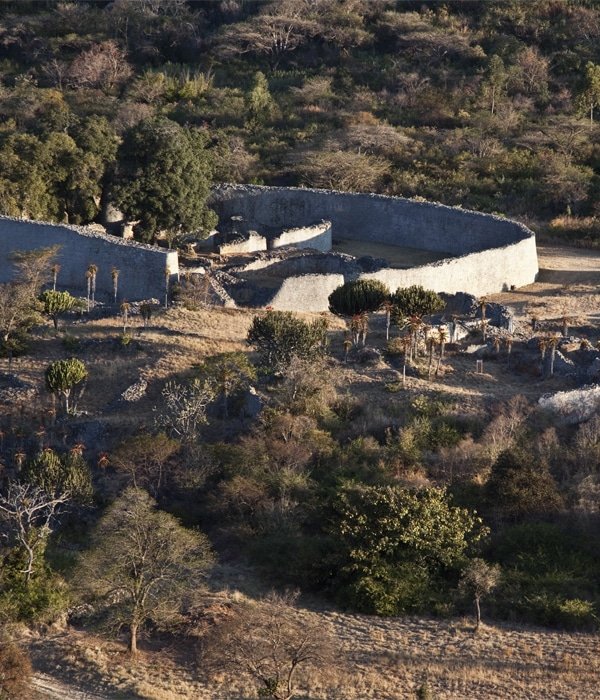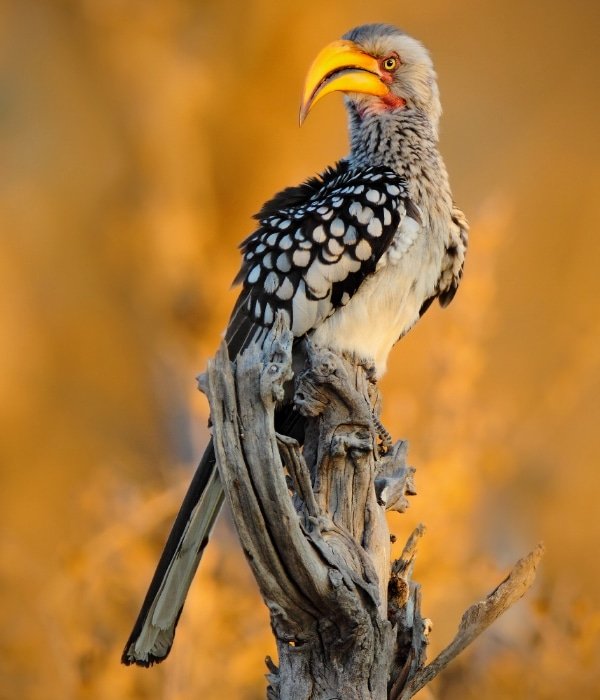Overview
Zimbabwe is a land of dramatic contrast ranging from the Kalahari sands of Hwange, across its many game rich destinations, to the remote and beautiful Mana Pools, and then of course, on to the magnificent Victoria Falls – one of the seven natural wonders of the world. Visitors to Zimbabwe are enchanted with the country’s spectacular natural beauty, friendly people, rich culture and climate, and a trip to any (or all) of its five UNESCO World Heritage Sites are so worthwhile: Mana Pools, Khami Ruins National Monument, Great Zimbabwe Ruins, Victoria Falls and the Matobo Hills.
The country is landlocked between South Africa, Botswana, Zambia and Mozambique, and has the mighty Zambezi River at its northern frontier and the Limpopo at its southern border. The country has a variety of habitats, from the granite hills of the Matobos to the majestic mountains, lush forests and beautiful rivers of the Eastern Highlands.
Despite two decades of governmental mismanagement, political violence and economic disaster, Zimbabwe continued to welcome visitors with the same grace and politeness that they were famed for. And with the recent change in government, there is much hope for a new era.
There is so much to be discovered here including wildlife viewing and adrenalin adventures. Our experienced team at Ikewana would be delighted to help you create your perfect Zimbabwean holiday and look forward to hearing from you.
Zimbabwe's Climate
Zimbabwe enjoys a pleasant temperate climate with 365 days of sunshine and average of 10 sunshine hours per day. The seasons are the reverse of those in the northern hemisphere, with midsummer at Christmas and winter lasting from May to August. In winter, the days are generally dry and sunny with cold frosty nights in the Highveld. In summer, the temperature averages between 25 – 30 degrees Celsius (77 – 86 Fahrenheit), with October being the hottest month when temperatures can exceed 32ºC (90ºF). In low-lying areas like Kariba, Victoria Falls, Hwange, Gonarezhou and the Zambezi Valley, it is much warmer throughout the year compared with Harare and other Highveld areas.
In Zimbabwe, the rainy season falls between December and March, and the further north you are, the earlier the precipitation arrives and the later it leaves. Zimbabwe’s higher eastern areas usually receive more rainfall than the lower-lying western ones. By April and May, most of the rain is gone, leaving a verdant setting, which is starting to dry out. Especially in more southerly and higher locations, the night-time temperatures start to drop.
The nights between June and August become much cooler, so warmer clothes are recommended, while the days are still clear, cloudless and warm. This is the start of Zimbabwe’s “peak season”. In September and October, the temperatures rise once more. It can get very hot in Zimbabwe’s lower-lying rift valley where the Mana Pools are – particularly in October. Game viewing is at its best as wildlife concentrates around the limited water sources. November is unpredictable; it can be hot and dry, it can also see the season’s first rainfalls and on successive days, you can see both weather patterns.


